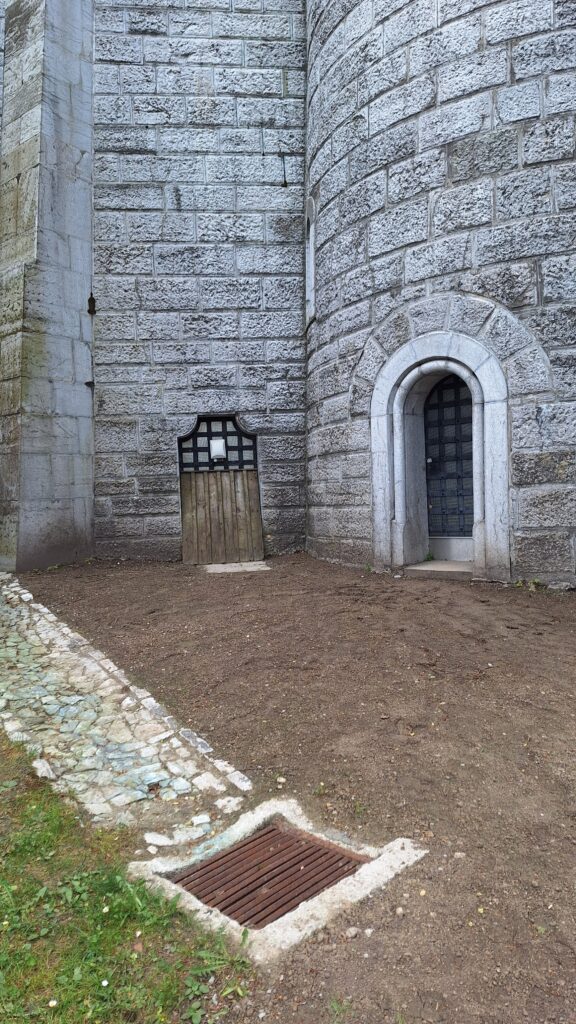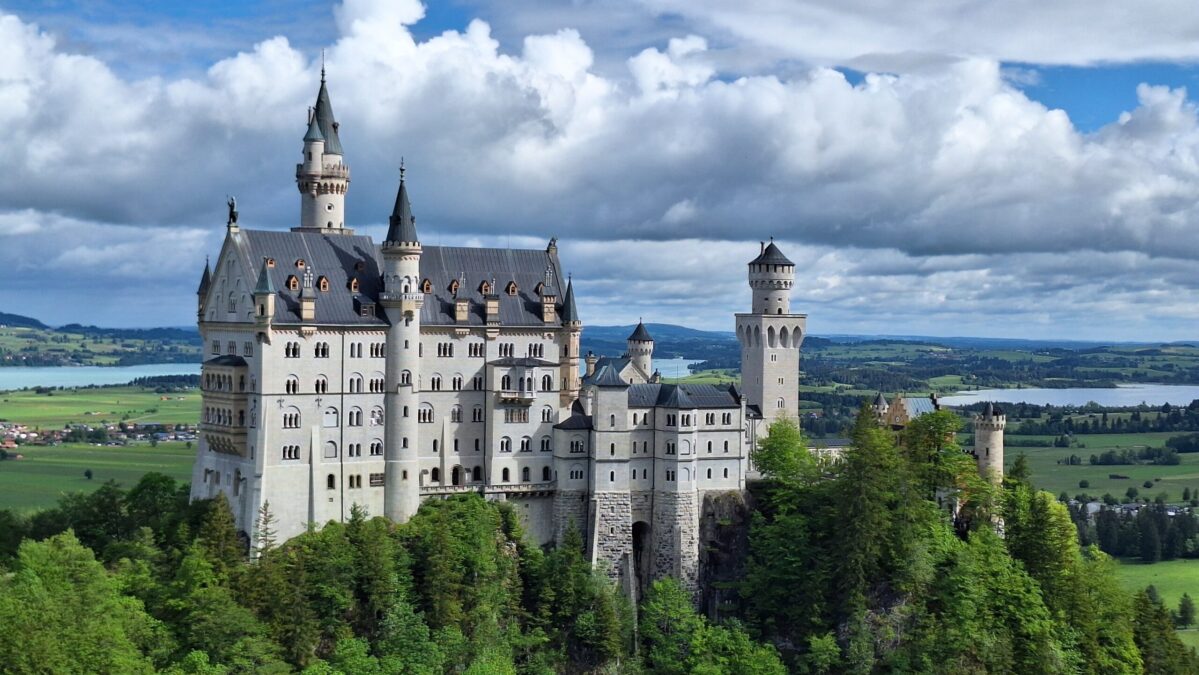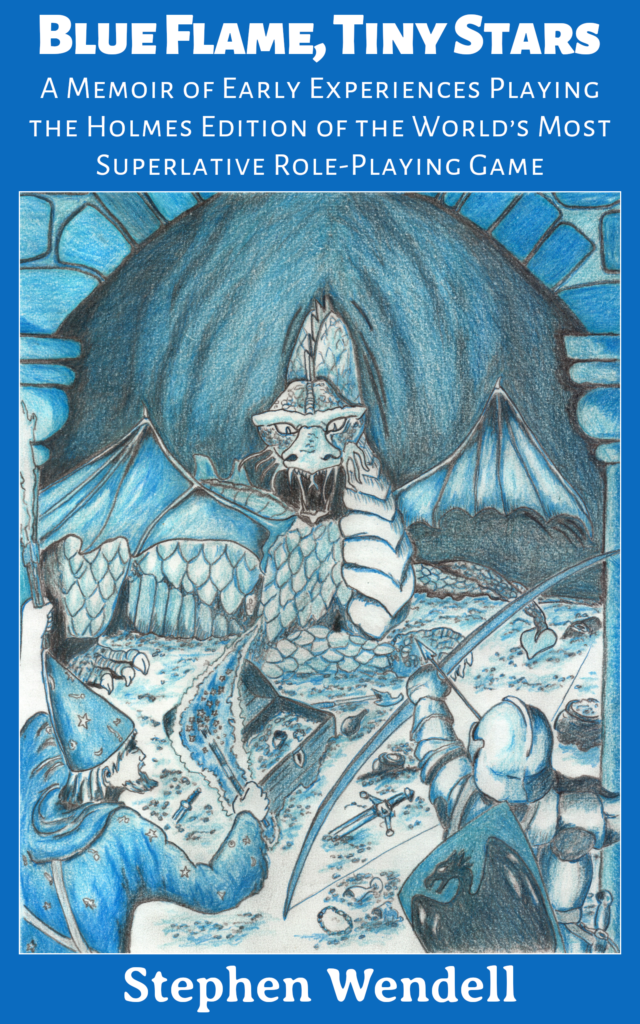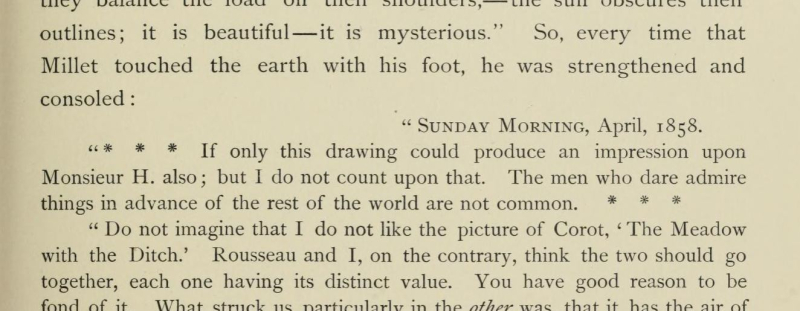3 Possible Ways to Get into the Dungeons of Neuschwanstein
I have mentioned before the legend of the Neuschwanstein Dungeons. The dungeons are more easily fabricated in our imaginations than in reality. If they exist, I have identified three ways that we might enter into the unexplored depths beneath a mad king’s castle.
Archway
The legend itself points to the tall dark archway, bottom center at the rear of the structure. If the narrow windows above it are four feet in height, the opening may be about ten feet wide and some 40 feet high.

Waterfall Cave
Off the south side of Marienbrücke (opposite the castle), directly below, the Pöllat River falls down an eroded rock formation. Just to the cascade’s left, a cavern gapes. The spelunker’s entrance would be a winding passage, descending beneath the river and leading, one would think, to the dungeon’s lower levels.

Cellar
The two previous points of ingress are difficult to access. The first requires a hazardous climb up from the Pöllat Gorge. The second, a climb down into a flooded cavern. Because the gorge trail is currently closed to the public, braving either might earn an encounter with local authorities.
The third entrance is less perilous. Here, we have still to avoid the authorities, but at the base of the north facade, to the left of a sally port, a simple wooden door looks like it might open into a root cellar. More likely, it’s a service entrance to the sewer. A sewer entrance to the dungeon is an old fantasy trope. It’s a trope for a reason.

Warning
The legend is clear on the point: no one has ever come out of the Neuschwanstein dungeons alive. If they exist, dungeons are dangerous places.











